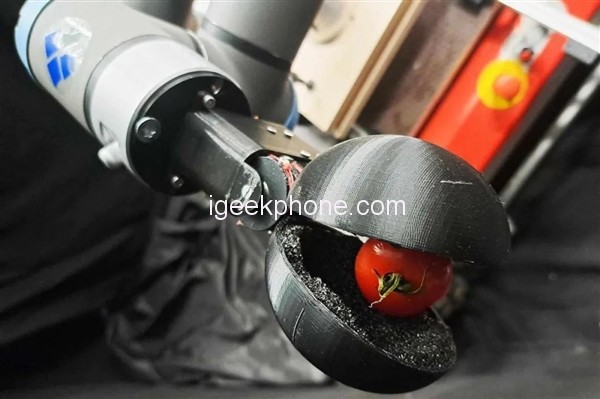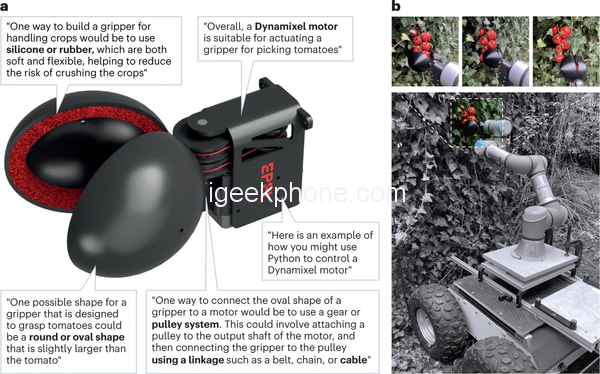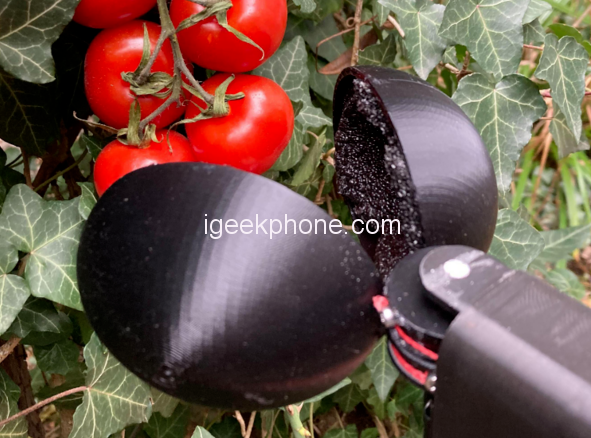The emergence of ChatGPT, a large-scale language model, has revolutionized the field of artificial intelligence, propelling its development to new heights. This cutting-edge technology possesses the remarkable ability to process and comprehend vast amounts of textual data, leveraging this information to provide insightful answers to various queries. 
In a recent groundbreaking endeavor, a group of visionary scientists hailing from the Delft University of Technology in the Netherlands and the Swiss Federal Institute of Technology in Lausanne drew inspiration from ChatGPT’s design to engineer a tomato-picking robot. Harnessing the capabilities of large language models (LLMs) and their access to a vast array of global data from academic publications, technical manuals, books, and media, the researchers sought guidance from AI to determine the essential functionalities required for an efficient robotic harvester.
Through collaborative efforts with ChatGPT, the researchers conceived a motor-driven gripper that adeptly plucks ripe tomatoes from their vines. However, while the LLM provided invaluable insights into the gripper’s design, it currently falls short in generating the complete computer-aided design (CAD) model, evaluating the code, and facilitating the robot’s automated manufacturing process. Consequently, human researchers step in, assuming the role of “technicians” to assist in these aspects. They optimize the code generated by ChatGPT, ultimately culminating in the determination of the CAD model and the subsequent construction of the robotic harvester.
“This groundbreaking development signifies a shift in the role of computing from merely aiding engineers in technology implementation to envisioning novel systems that automate complex cognitive tasks,” the researchers proudly proclaimed.
Drawing upon the technical advice provided by ChatGPT-3, the researchers successfully constructed the robotic gripper and put it to the test in real-world conditions, specifically for tomato picking. To their delight, the gripper performed flawlessly, deftly plucking tomatoes with precision and efficiency.
This trial effectively demonstrates the immense potential for transforming the design process through fruitful collaboration between human researchers and LLMs like ChatGPT. When utilized judiciously, this collaboration can yield extraordinary outcomes, serving as a powerful tool in the field of robotics and automation.
In conclusion, the advent of large-scale language models such as ChatGPT has accelerated advancements in artificial intelligence. Collaborations between humans and LLMs open up new horizons, as showcased by the collaborative effort to develop a tomato picking robot. Although the LLM provided crucial insights, human intervention was necessary to optimize the code and bring the design to fruition. By leveraging the strengths of both humans and LLMs, we can unlock the full potential of AI and revolutionize various industries, paving the way for a future where intelligent systems work in harmony with human ingenuity.
Read Also: Sergey Tokarev: ChatGPT will soon be not the only leader among AI-based products
Do not forget to follow us on our Facebook group and page to keep you always aware of the latest advances, News, Updates, review, and giveaway on smartphones, tablets, gadgets, and more from the future technology world.









